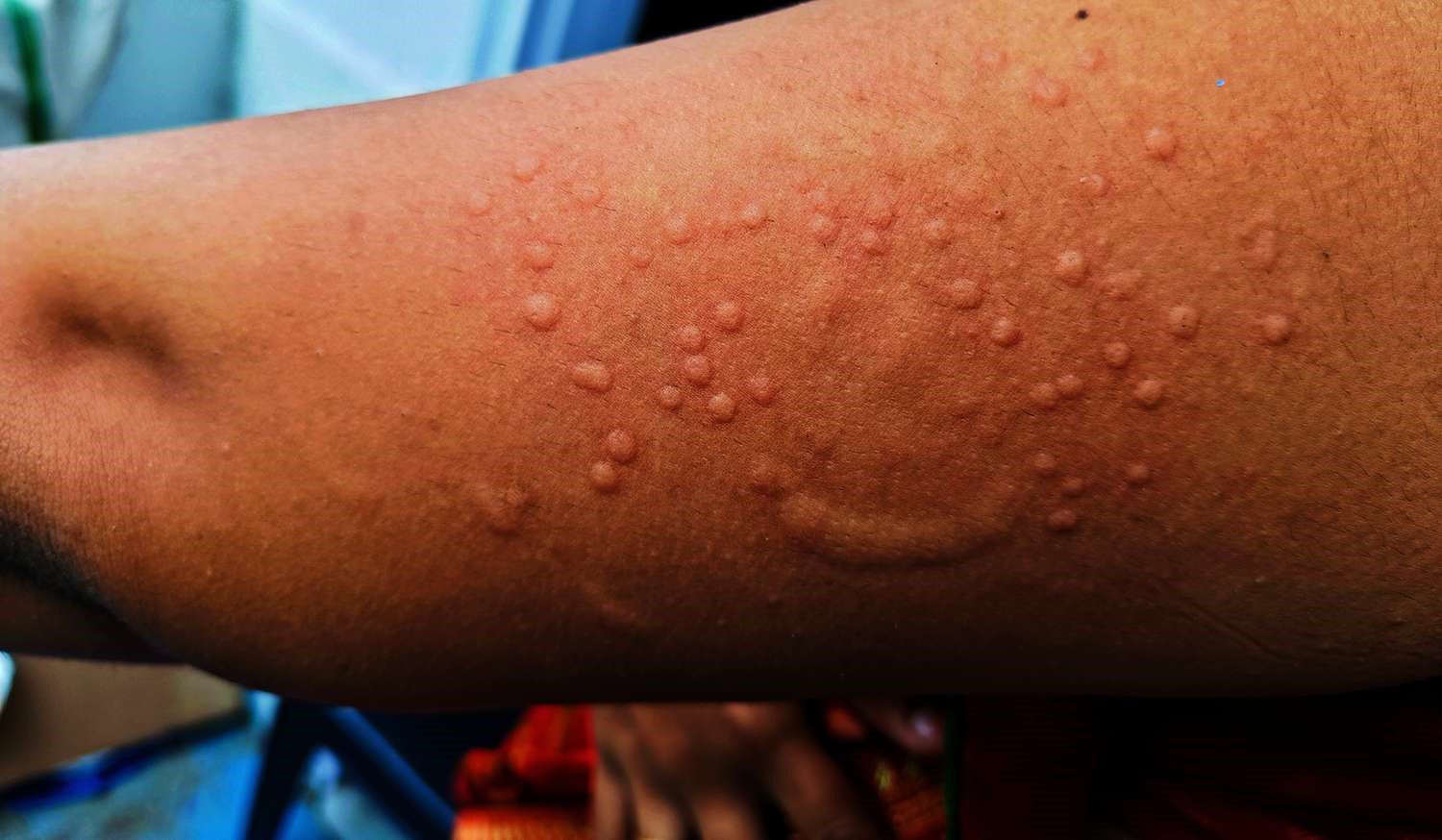Monkeypox, a rare viral disease, has garnered increased attention due to its sporadic outbreaks across the globe. Understanding the symptoms of monkeypox is crucial for early detection and effective management. This guide delves into the symptoms, offering a thorough exploration to aid in awareness and prevention.
Key Takeaways
- Monkeypox symptoms resemble those of smallpox, but are generally milder.
- Initial symptoms include fever, headache, muscle aches, and swollen lymph nodes.
- The distinctive rash typically appears 1-3 days after the onset of fever.
- Monkeypox can be transmitted through direct contact with infected animals or humans.
- Early detection is crucial for effective treatment and prevention of spread.

What is Monkeypox?
Monkeypox is a zoonotic viral disease, meaning it can be transmitted from animals to humans. It is caused by the monkeypox virus, which belongs to the Orthopoxvirus genus. Although it shares similarities with smallpox, monkeypox is generally less severe and less contagious. The disease was first discovered in 1958 among laboratory monkeys, hence the name. Human cases were first identified in 1970 in the Democratic Republic of the Congo.
Primary Symptoms of Monkeypox
Understanding the symptoms of monkeypox is essential for early diagnosis and treatment. The symptoms can be divided into two stages: the invasion period and the skin eruption period.
1. Invasion Period
The invasion period typically lasts between 0 to 5 days and is characterized by the following symptoms:
- Fever: One of the first signs of monkeypox is a sudden onset of fever, which can be high and persistent.
- Headache: Patients often experience severe headaches during the early stage.
- Muscle Aches: Myalgia, or muscle aches, is a common symptom that accompanies the fever.
- Backache: Many patients report experiencing back pain.
- Swollen Lymph Nodes: Lymphadenopathy, or swollen lymph nodes, is a distinguishing feature of monkeypox that differentiates it from smallpox.
- Chills and Exhaustion: Patients may feel extremely fatigued and experience chills.
2. Skin Eruption Period
The skin eruption period usually begins within 1 to 3 days after the fever onset. This stage is marked by the appearance of a rash, which progresses through several stages:
- Macules: These flat, discolored spots appear first, typically on the face and then spreading to other parts of the body.
- Papules: Within a few days, the macules develop into raised bumps known as papules.
- Vesicles: The papules then fill with a clear fluid, forming vesicles.
- Pustules: The vesicles become pustules as the fluid turns opaque.
- Scabs: Eventually, the pustules crust over and form scabs, which later fall off.
The rash is typically concentrated on the face, palms of the hands, and soles of the feet, but it can also cover other parts of the body. The number of lesions can range from a few to several thousand.
Transmission of Monkeypox
Understanding how monkeypox spreads is crucial for preventing outbreaks. The virus can be transmitted through several routes:
- Animal to Human: Transmission occurs through direct contact with the blood, bodily fluids, or cutaneous or mucosal lesions of infected animals. Eating inadequately cooked meat of infected animals can also pose a risk.
- Human to Human: Although less common, human-to-human transmission can occur through respiratory droplets, direct contact with bodily fluids or lesion material, and contaminated materials such as bedding.
Diagnosis and Treatment

Early diagnosis of monkeypox is essential for effective management. Healthcare providers typically diagnose the disease based on the patient’s symptoms and travel history. Laboratory tests, such as polymerase chain reaction (PCR), can confirm the presence of the monkeypox virus.
Currently, there is no specific treatment for monkeypox. However, the smallpox vaccine, antivirals, and vaccinia immune globulin (VIG) can be used to control outbreaks. Supportive care, such as maintaining hydration and treating secondary bacterial infections, is crucial for patient recovery.
Prevention and Control
Preventing monkeypox involves reducing the risk of animal-to-human and human-to-human transmission. Key preventive measures include:
- Avoiding contact with animals that could harbor the virus, particularly in areas where monkeypox is endemic.
- Practicing good hygiene, such as regular handwashing with soap and water.
- Using personal protective equipment (PPE) when caring for infected individuals.
- Isolating infected patients to prevent the spread of the virus.
- Vaccination campaigns in outbreak-prone areas to build immunity in the population.

Understanding the symptoms of monkeypox is crucial for early detection and effective management of the disease. While the symptoms can be distressing, prompt medical attention and supportive care can significantly improve outcomes. By staying informed and adopting preventive measures, individuals can play a vital role in controlling the spread of monkeypox.
As research continues and awareness spreads, the global community can better prepare for and respond to monkeypox outbreaks, safeguarding public health and well-being.